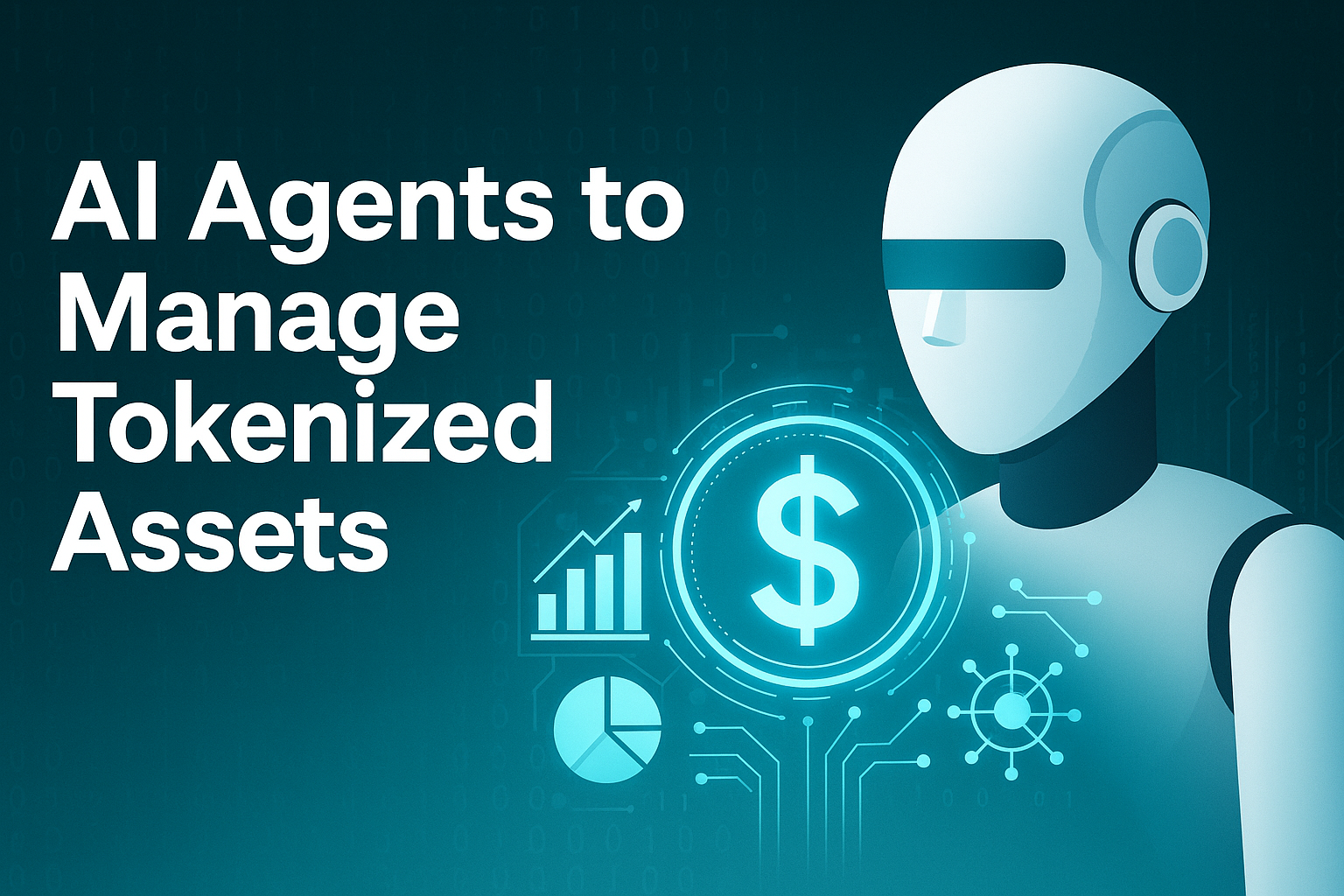The synergy between machine learning (ML) and blockchain technology is unlocking new pathways for data analysis, providing powerful tools for extracting insights from complex, decentralized networks. In a recent survey, researchers explored how machine learning techniques are transforming blockchain data analysis, uncovering trends, addressing challenges, and outlining future directions. As blockchain technology continues to evolve and generate massive amounts of data, machine learning is positioned to play a critical role in interpreting this data for applications across finance, supply chain management, and more.
Why Machine Learning for Blockchain?
Blockchain systems generate enormous volumes of data, including transaction records, user interactions, and smart contract activities. However, the decentralized and encrypted nature of blockchain data poses unique challenges for traditional data analysis methods. Machine learning offers an advanced approach to overcoming these challenges by detecting patterns, anomalies, and relationships within blockchain networks that would otherwise be difficult to uncover. This capability enables various applications, from identifying fraud in financial transactions to predicting blockchain network behavior.
Key Machine Learning Techniques in Blockchain Data Analysis
Several machine learning techniques have been adapted specifically for analyzing blockchain data. Here are some prominent methods:
- Supervised Learning for Classification and Fraud Detection: In blockchain networks, supervised learning models have been widely used for identifying fraudulent transactions and classifying user behavior. By training algorithms on labeled datasets, these models can detect anomalous activities, such as unusual transaction volumes or suspicious patterns, with high accuracy.
- Unsupervised Learning for Anomaly Detection: Since blockchain networks are decentralized and continuously evolving, unsupervised learning techniques, such as clustering and anomaly detection, are valuable for recognizing unexpected changes in the network. These models can identify unusual transaction sequences or wallet behaviors without requiring labeled data, making them ideal for monitoring blockchain ecosystems.
- Graph-based Machine Learning for Network Analysis: Blockchains operate as networks of nodes, making graph-based machine learning highly applicable for understanding blockchain structures and relationships. Graph neural networks (GNNs) allow researchers to map connections within blockchain data, providing insights into network dynamics, consensus behavior, and even identifying influential nodes or entities within the system.
- Deep Learning for Smart Contract Analysis: Smart contracts, automated agreements on the blockchain, are essential to many decentralized applications. Deep learning models, particularly natural language processing (NLP) techniques, have been adapted to analyze and detect vulnerabilities in smart contract code, enabling proactive security measures.
- Time Series Analysis for Predictive Modeling: Blockchain transactions are time-stamped, making time series analysis an essential tool for predictive modeling. Machine learning models can analyze trends within transaction data to forecast future network activity, helping stakeholders anticipate congestion, gas fee fluctuations, or the likelihood of market shifts.
Challenges in Machine Learning for Blockchain Data
While machine learning offers immense potential for blockchain analysis, several challenges remain:
- Data Privacy and Security: Blockchain data is often anonymized or encrypted, limiting the amount of information available for training machine learning models. This raises ethical and technical challenges, as privacy-preserving machine learning techniques, such as federated learning, need to be adapted for blockchain applications.
- Scalability: Blockchain networks like Bitcoin and Ethereum generate vast amounts of data every second. Analyzing these high volumes in real time requires scalable machine learning solutions that can process data without latency, a particularly challenging task for complex ML models.
- Labeling Data: Supervised learning requires labeled datasets, but blockchain data often lacks explicit labels. For instance, identifying fraudulent transactions requires labeled examples of both fraudulent and legitimate transactions, which can be difficult to obtain in a decentralized network.
- Computational Complexity: Many ML models, especially deep learning architectures, are computationally intensive. Applying them to blockchain data can be resource-prohibitive due to the sheer volume of transactions and the processing power required to handle this data.
Future Opportunities and Directions
Machine learning’s role in blockchain analysis is expanding, and several promising directions hold potential for future research and application:
- Federated Learning for Decentralized Analysis: As blockchains are inherently decentralized, federated learning—a method where multiple nodes collaboratively train an ML model without sharing raw data—could be instrumental. This approach preserves privacy while enabling collaborative analysis across the blockchain network.
- Explainable AI (XAI) for Transparency: Given blockchain’s focus on transparency, explainable AI can make machine learning models more interpretable, allowing stakeholders to understand how models reach certain conclusions, especially in applications like fraud detection or network monitoring.
- Advanced Graph Learning Techniques: As blockchain networks are naturally graph-like, advancements in graph-based ML, such as graph attention networks (GATs), could enhance understanding of complex relationships in blockchain ecosystems. This would improve network analysis, transaction flow tracing, and the identification of key influencers or malicious actors.
- Integration with Edge Computing: Integrating machine learning with edge computing can enable faster, real-time analysis of blockchain data closer to the data source. This would be beneficial for applications like decentralized finance (DeFi), where transaction speeds are critical.
- Synthetic Data Generation for Model Training: Generating synthetic blockchain data can help address the challenge of limited labeled data. By creating artificial datasets that mimic real blockchain transactions, researchers can train machine learning models without compromising data privacy or relying on extensive labeling.
Machine learning is transforming blockchain data analysis, unlocking new possibilities for security, efficiency, and insights across decentralized networks. As both fields continue to evolve, the challenges of data privacy, scalability, and computational demands will need to be addressed through innovative approaches. With continued research and development, machine learning could play a pivotal role in advancing blockchain technology, helping it reach its full potential in diverse applications like finance, supply chain management, and beyond. For anyone invested in the future of blockchain or data science, the intersection of these fields represents a groundbreaking frontier rich with opportunity.



